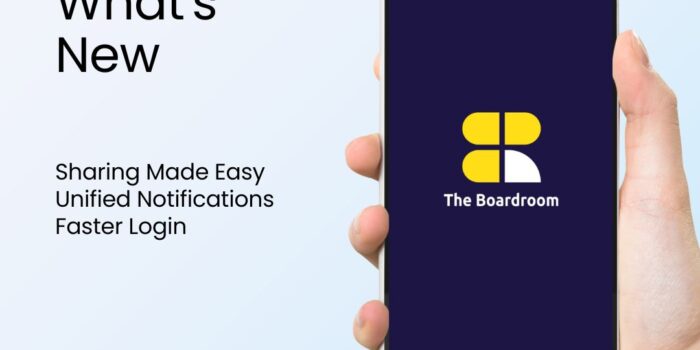Crafting a Compelling Project Proposal: Your Guide to Success
Have a brilliant project idea but need to convince others to get on board? A well-written project proposal is your secret weapon. This document outlines your project’s details, from goals to budget, and serves as a persuasive tool to secure funding, resources, and stakeholder buy-in.

Why Write a Project Proposal?
Project proposals serve several key purposes:
- Secure External Funding: Attract investors or grant money by demonstrating the project’s value and potential return.
- Allocate Company Resources: Convince internal decision-makers to dedicate your company’s time, staff, and budget to your project.
- Gain Stakeholder Buy-In: Get key players enthusiastic about your project and actively involved in its success.
- Build Momentum and Excitement: Generate interest and support for your initiative.
Types of Project Proposals
The approach you take will depend on the type of proposal you’re writing:
- Solicited Proposals: Responding to a Request for Proposal (RFP) requires thorough research and a persuasive argument as you compete against other proposals.
- Unsolicited Proposals: Here, you need to convince the stakeholder of the project’s value without the benefit of an RFP. Be extra persuasive!
- Informal Proposals: Responding to a casual request might allow for a less formal tone, but still requires clear communication of your project’s details.
- Renewal Proposals: When seeking to extend existing services with a client, focus on past results and future value you bring.
- Continuation Proposals: Provide a project update and reaffirm its purpose to stakeholders already on board.
- Supplemental Proposals: Inform stakeholders about project initiation while requesting additional resources. Here, persuade them to invest further.
Crafting Your Proposal: A Step-by-Step Guide
A strong proposal follows a clear structure:
- Executive Summary: Briefly state the project’s purpose, expected outcome, and overall value proposition. Grab the reader’s attention here!
- Project Background: Describe the problem your project addresses in detail. Provide context and data to highlight its significance.
- Solution: Explain how your project tackles the problem. Clearly outline your approach and methodology.
- Deliverables: Detail the tangible outputs your project will produce. What will stakeholders receive upon completion?
- Required Resources: Outline the budget and resources needed to execute your project. Be transparent about costs.
- Conclusion: Summarize the key points and reiterate the project’s value proposition. Leave the reader with a call to action.
Tips for Proposal Success
- Know Your Audience: Tailor your language and content to resonate with your stakeholders’ interests and priorities.
- Be Persuasive: Convince your readers that your project is worth their investment. Highlight benefits and positive impacts.
- Keep it Simple: Present complex information in an understandable way. Focus on clarity and avoid jargon.
- Do Your Research: Back up your claims with data, statistics, case studies, or charts to build trust and credibility.
By following these steps and incorporating these valuable tips, you can craft a project proposal that secures the support you need to turn your vision into reality. Remember, a well-written proposal is an investment in your project’s success.
Do you have a specific area where you’d like assistance? Perhaps you’re just starting out and need help understanding the different proposal types? Or maybe you have a draft written and need feedback on its persuasiveness or clarity?
Here are some ways we can assist you:
- Understanding Proposal Types: I can explain the different proposal types (solicited, unsolicited, etc.) and the approach you should take for each.
- Structuring Your Proposal: I can help you brainstorm content for each section of your proposal, ensuring it follows a clear and effective structure.
- Tailoring Your Proposal: Tell me your target audience (investors, company executives, etc.) and I can help you tailor the language and content to resonate with them.
- Strengthening Your Argument: I can help you refine your arguments and ensure your proposal is persuasive and convincing.
- Proofreading and Editing: Once your draft is complete, I can help with proofreading and editing for grammar, clarity, and flow.
Let us know how I can be of service!




